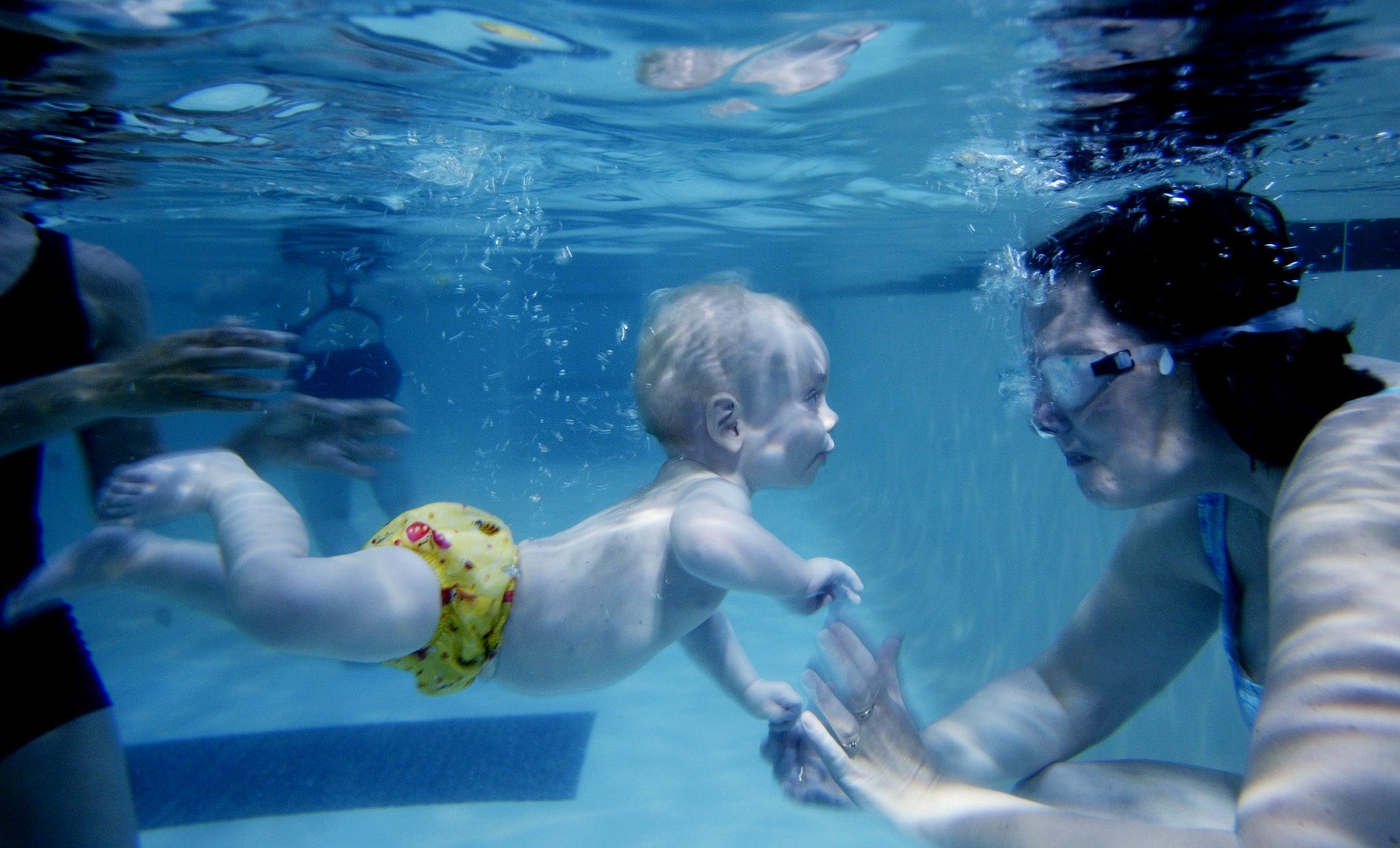The 10 pounds everyone wants to lose has very little to do with health
Earlier this week, the diet company formerly known as Weight Watchers changed its name to WW, and reminded the public that its tagline is “Wellness That Works.™” It’s completely reasonable to be cynical about all of this.


Earlier this week, the diet company formerly known as Weight Watchers changed its name to WW, and reminded the public that its tagline is “Wellness That Works.™” It’s completely reasonable to be cynical about all of this.
I invite you though, to blithely take WW at face value, and embrace true wellness—by letting go of the 10 pounds you’ve been meaning to lose since forever.
Forget about your weight in high school or college or pre-baby. Stop joining gyms you don’t enjoy and won’t go to. Ditch your restricted diet of caveman superfoods. Maybe even cancel that WW monthly recurring payment. Just let it go.
The true measures of wellness
Before you object on health grounds, let’s again take WW’s word that it is wellness and not weight that truly matters. Indeed, study after study has shown that weight is not a good proxy for health. There are numbers that do matter—blood pressure, cholesterol, blood sugar, inflammation markers. All of those can be abnormal, and even dangerous, for thin people too.
“Habits, no matter your size, are what really matter,” writes Michael Hobbes in his brilliant and viral recent piece for the Huffington Post, titled ”Everything You Know About Obesity is Wrong.” ”Dozens of indicators, from vegetable consumption to regular exercise to grip strength, provide a better snapshot of someone’s health than looking at her from across a room.”
There are plenty of good reasons to consider changing what you eat and how much you exercise. One effect of more vegetables and walking—instead of packaged food and sitting—may well be weight loss. But we’re programmed to measure success by the number on the scale, not by how good we feel, or how active and full our lives are.
And that number is often misleading. While it’s true that most programs to help people lose weight fail, those programs often succeed in increasing health through better dietary choices, more exercise, better sleep, and mindfulness practices that lead to stress reduction. “Many ‘failed’ obesity interventions are, in fact, successful eat-healthier-and-exercise-more interventions,” Hobbes wrote in HuffPo. “A review of 44 international studies found that school-based activity programs didn’t affect kids’ weight, but improved their athletic ability, tripled the amount of time they spent exercising and reduced their daily TV consumption by up to an hour.”
If WW was truly pivoting, it would change its metrics of success or failure. But no matter the name and tagline, WW’s main product is still a weight-loss program, one that has made it a giant of the wellness industry, which was worth $3.7 trillion in 2015.
In this way, WW is perfectly aligned with the rest of the wellness industry, as my colleague Sangeeta Singh-Kurtz wrote: “[A] lot of what passes for “wellness” is actually just dieting. The wellness mainstay of “clean eating” and its fixation on healthy foods are just euphemisms for dieting; while you would never see a wellness company use diet as a verb, wellness culture continues to be preoccupied with health while pretending size has nothing to do with that obsession (paywall).”
How to get well
The problem is, many of us still maintain internal to-do lists that include some magical number of pounds we should lose. But carrying around the idea that everything would be better if you just lost five or 10 or 15 pounds is stressful. The imagined benefits are not based in reality, but the negative effects of the stress can be very real—including, ironically, weight gain.
“I don’t weigh clients, I don’t weigh myself, we don’t talk about weight at all,” says Aynsley Kirshenbaum, a Brooklyn-based personal trainer with a master’s degree in nutrition. “If I have a client who says ‘I want to lose 10 pounds,’ I’ll say, ‘Tell me about that, what’s going on?’ And sometimes it’s like, ‘I have this wedding coming up and I really want to look hot.’ Then I’m going to recommend you work with someone else. I just won’t work with people who are focused on the number on the scale, because ultimately they’re not going to be happy with me either.”
What Kirshenbaum focuses on instead is how her clients feel, their energy levels and mobility. Is chasing after their kids less of a strain? Is it a little easier to get up and down the subway stairs? She says that when she does look at numbers with clients, they’re based on blood work, and the goal is to reverse a pre-diabetes diagnosis or address high cholesterol through diet.
Hillary Frank, host of the excellent parenting podcast The Longest Shortest Time, had this “aha” moment on air in a show I heard several years ago. Frank was talking with other moms about how to feel like yourself again after having a baby. Frank mentioned to one guest, Jane Marie, that she hadn’t lost the last five pounds she gained during pregnancy, and still aimed to do so, even though her daughter was five years old. “Why?” asked Jane Marie. “Five years later? Forget it! Buy new clothes.”
That struck me as such a practical piece of advice, yet one that would be extremely hard to follow. I recently reached out to Frank to ask her whether she had made peace with the five pounds since that conversation.
“After I talked to Jane, I went through my closet, got rid of the things that didn’t fit me, and replaced them with new things that did fit,” she wrote back in an email. “The goal was no longer, Lose weight so you can fit back into your old size. The goal was, feel better in your body.”